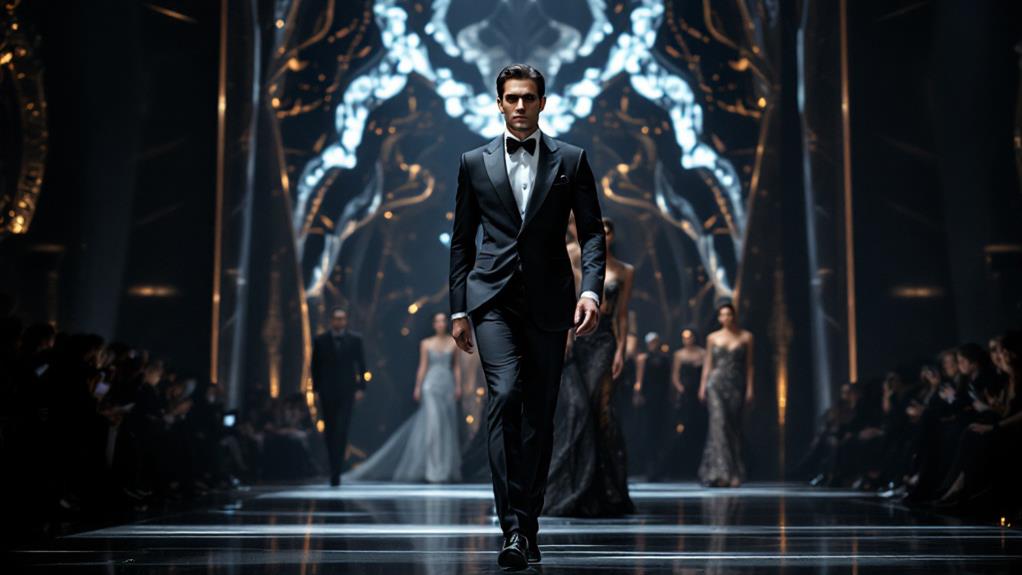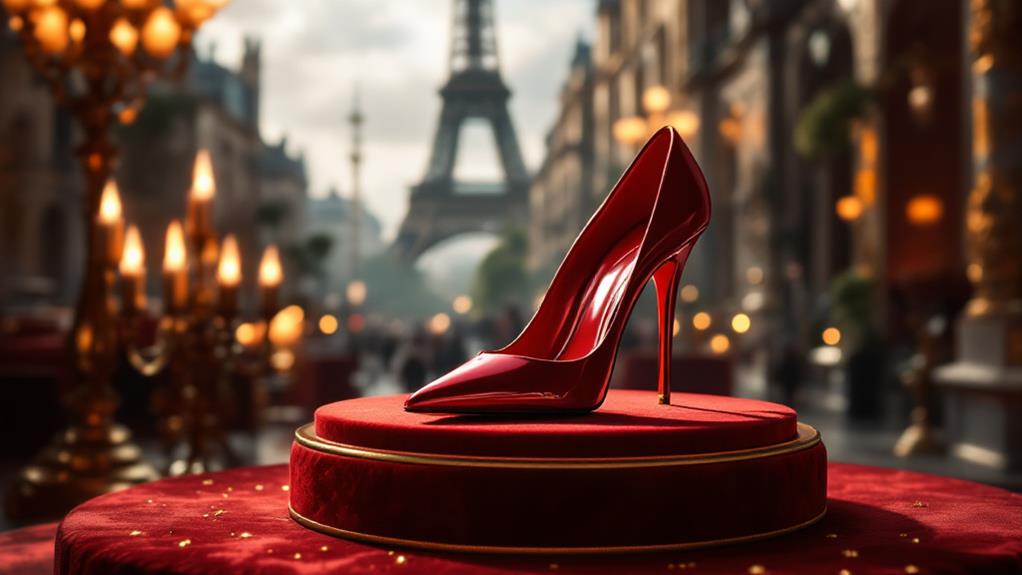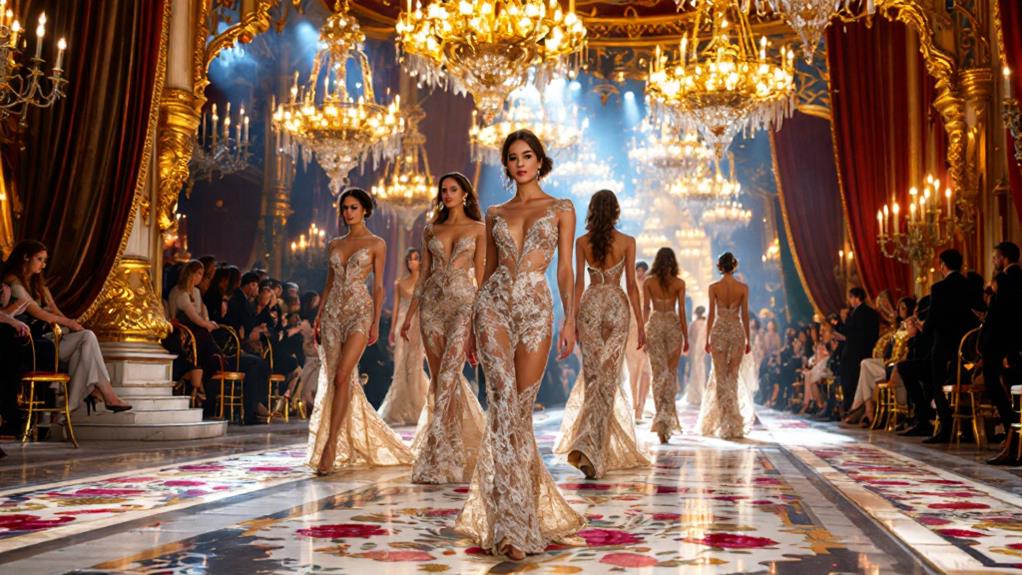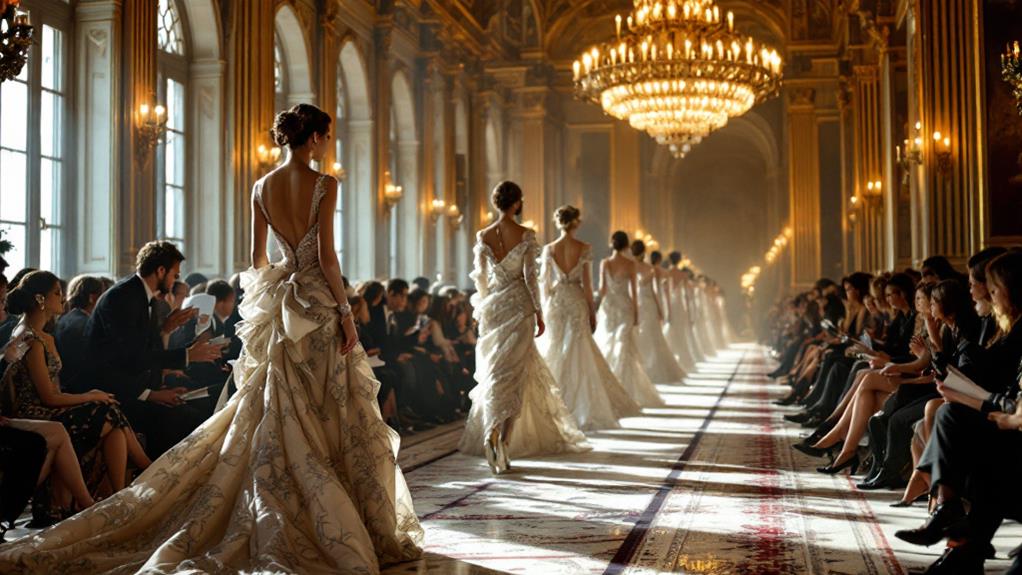Luxury Fashion Brands: The Legacy and Influence of Gucci
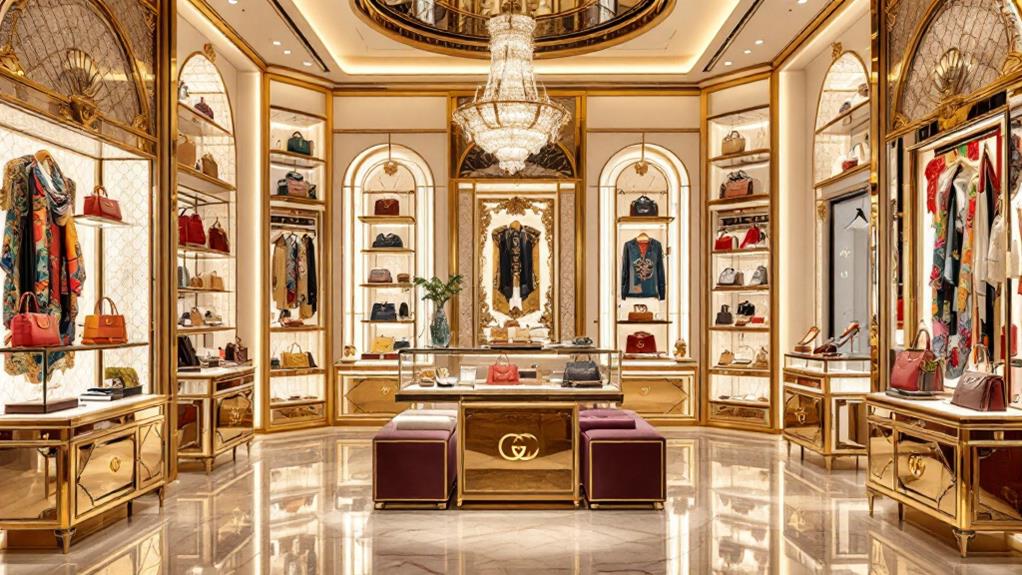
Step into the world of Gucci, a brand that transformed from a humble leather goods workshop in Florence, established in 1921, into a global symbol of luxury. You'll experience Gucci's craftsmanship in their iconic double-G logo and creations like the Bamboo bag and Horsebit loafer. With groundbreaking designers like Tom Ford and Alessandro Michele, Gucci continually reinvents its appeal. The brand's commitment to sustainability resonates with today's eco-conscious consumers. Gucci's influence extends across fashion and culture, visible in red carpet moments and celebrity collaborations. There's much more to uncover about this iconic fashion powerhouse.
Foundational History of Gucci
Gucci's expedition into the world of luxury fashion began in 1921 when Guccio Gucci opened his initial store in Florence, Italy. Drawing from his experience as a porter at the Savoy Hotel in London, he focused on crafting exquisite leather goods and travel items that captured the essence of sophistication and style. Gucci's keen attention to craftsmanship quickly set the fashion house apart, attracting the admiration of British aristocrats who appreciated the quality and elegance of his designs.
In the 1930s, Guccio's sons, Aldo, Vasco, and Rodolfo, joined the company, infusing it with fresh energy and ambition. Their involvement was crucial in expanding Gucci's reach, solidifying its status as a luxury fashion icon. The brand's early success was further bolstered by its expansion into equestrian equipment, which resonated with its elite clientele.
The introduction of the iconic double-G logo in the 1960s marked a significant milestone, enhancing Gucci's international recognition. However, the brand struggled in the 1980s as quality declined. Despite these challenges, Gucci's foundational history laid a strong groundwork for its eventual revitalization and enduring influence in the world of luxury fashion.
Iconic Designs and Innovations
In the world of luxury fashion, Gucci stands out with its iconic designs and groundbreaking advancements. You'll find that the Bamboo bag, introduced in 1947, is a proof of Gucci's ability to turn adversity into creativity. Born out of post-WWII material shortages, this bag became a symbol of luxury and cutting-edge design, marking the beginning of Gucci's legacy. Fast forward to 1953, and you'll see the Horsebit loafer reflecting Gucci's deep-rooted equestrian heritage. It's this dedication to craftsmanship that has solidified Gucci's place in high fashion.
The 1960s brought the double-G logo, a bold move that cemented the brand's international identity. This logo isn't just an emblem; it's a representation of luxury fashion that speaks volumes. Around the same time, Gucci's Flora print emerged, adding a lively, eclectic touch to the brand's aesthetic, further showcasing its commitment to forward-thinking design.
In 2015, Gucci introduced the Dionysus bag, blending contemporary style with traditional craftsmanship. This modern classic highlights how Gucci continues to evolve while honoring its storied past. Each piece contributes to Gucci's legacy, ensuring its influence remains undeniable in the world of luxury fashion.
Transformative Creative Leadership
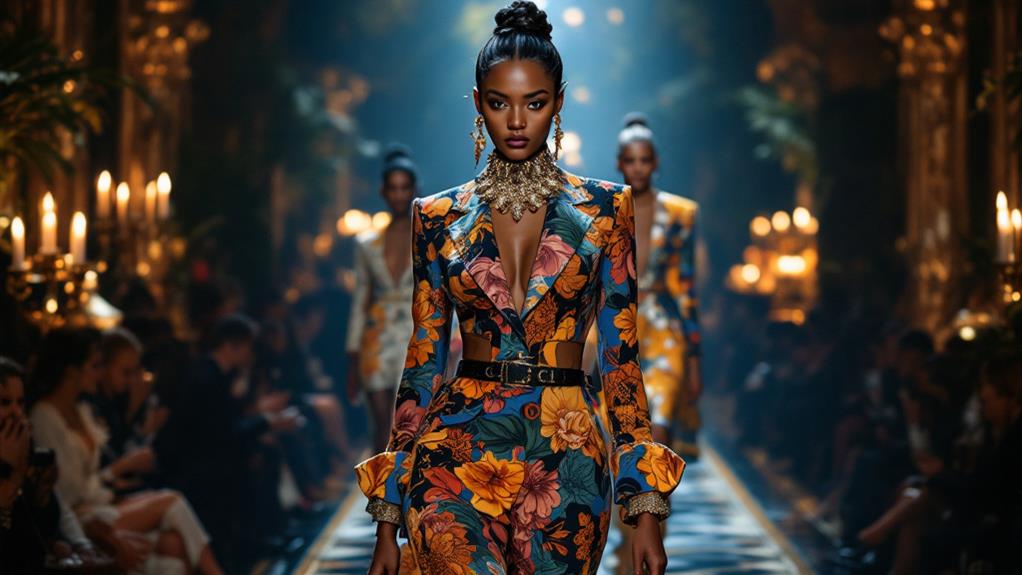
Transforming luxury fashion, transformative creative leadership has been the driving force behind Gucci's evolution. In the 1990s, Tom Ford revitalized Gucci with hypersexual designs and major celebrity endorsements. His approach skyrocketed the brand's visibility and revenue, making Gucci an iconic name in the fashion industry. Ford's relaunch of the Jackie bag in 1999 captured a younger audience, marking a significant shift in Gucci's aesthetic and attracting a fashion-forward clientele.
Fast forward to 2015, Alessandro Michele took over as Creative Director, ushering in a new period with a bold, eclectic style. His use of lively prints and oversized accessories resonated deeply with millennials and Gen Z, blending high-end fashion with elements of popular culture. Michele's leadership lasted until November 2022, during which Gucci experienced increased relevance and cultural impact on a global scale.
Now, Sabato De Sarno steps into the role of Creative Director, appointed in January 2023. He aims to merge a contemporary vision with Gucci's rich heritage, promising to influence the luxury fashion landscape with groundbreaking designs. Under his leadership, Gucci is set to continue shaping global fashion, honoring its legacy while embracing the future.
Sustainability and Environmental Efforts
As Gucci continues to redefine luxury fashion, its commitment to sustainability stands as a demonstration of its forward-thinking ethos. By going fur-free in its 2022 collections, Gucci aligns itself with the ethical fashion movement, catering to consumers who care about animal welfare. This step is part of a broader strategy to reduce its carbon footprint, aiming for significant cuts in greenhouse gas emissions by 2025. Gucci's environmental efforts showcase its dedication to eco-friendly practices and sustainable materials, reinforcing its position in the luxury market as an environmentally conscious brand.
You'll find that Gucci doesn't just talk about sustainability; they act on it. The company employs energy-efficient technologies in its stores, reducing the environmental impact of its retail operations. A prime example of this is their LEED-certified store, which symbolizes their commitment to creating sustainable and environmentally conscious retail experiences. These efforts not only improve Gucci's brand reputation but also attract environmentally conscious consumers who prioritize sustainability in their luxury purchases.
Whether you're already a fan of Gucci or just exploring luxury fashion, their dedication to sustainability and ethical fashion offers a compelling reason to adopt their products with confidence.
Gucci's Cultural Impact and Legacy
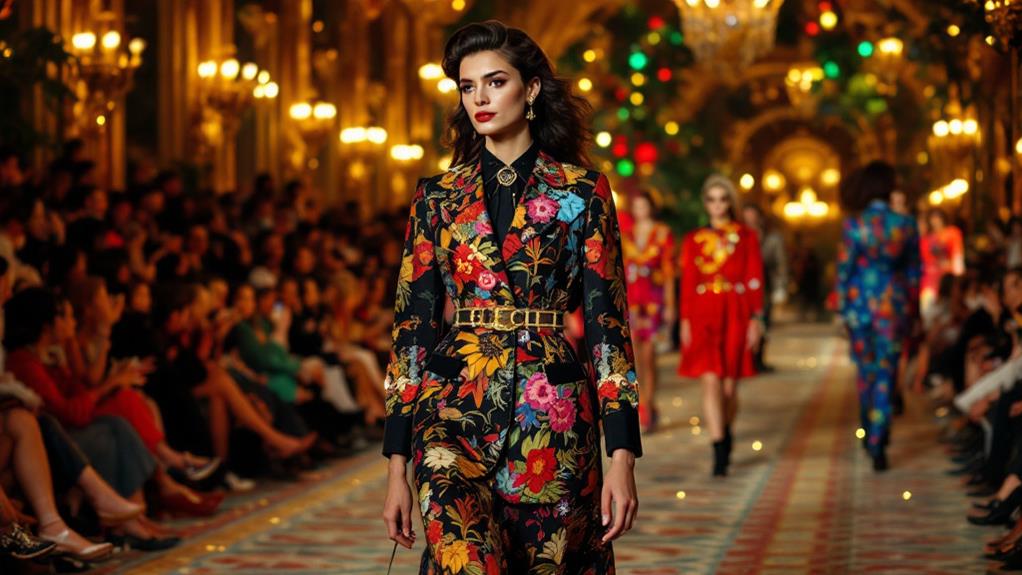
Through its groundbreaking designs and strategic collaborations, Gucci has firmly established itself as a cultural icon in the luxury fashion world. You've probably seen its influence everywhere, from red carpets to iconic musical performances, where Gucci's craftsmanship and timeless elegance shine. This brand doesn't just create clothing; it sets trends that resonate with millennials and Gen Z. Gucci's ability to blend high-end fashion with popular culture elements keeps it at the forefront of contemporary dialogues.
Gucci's collaborations with cultural icons and artists have expanded its reach beyond fashion, making it a staple in assorted sectors. These partnerships bring fresh perspectives and creative ideas, further solidifying its relevance. Here are three ways Gucci's impact is felt:
- Celebrity Endorsements: Celebrities and influencers frequently flaunt Gucci pieces, enhancing its status.
- Pop Culture Presence: Gucci's designs feature prominently in music videos and films, reinforcing its image as a cultural staple.
- Philanthropic Initiatives: Gucci's commitment to diversity and inclusivity through numerous initiatives strengthens its cultural legacy.

